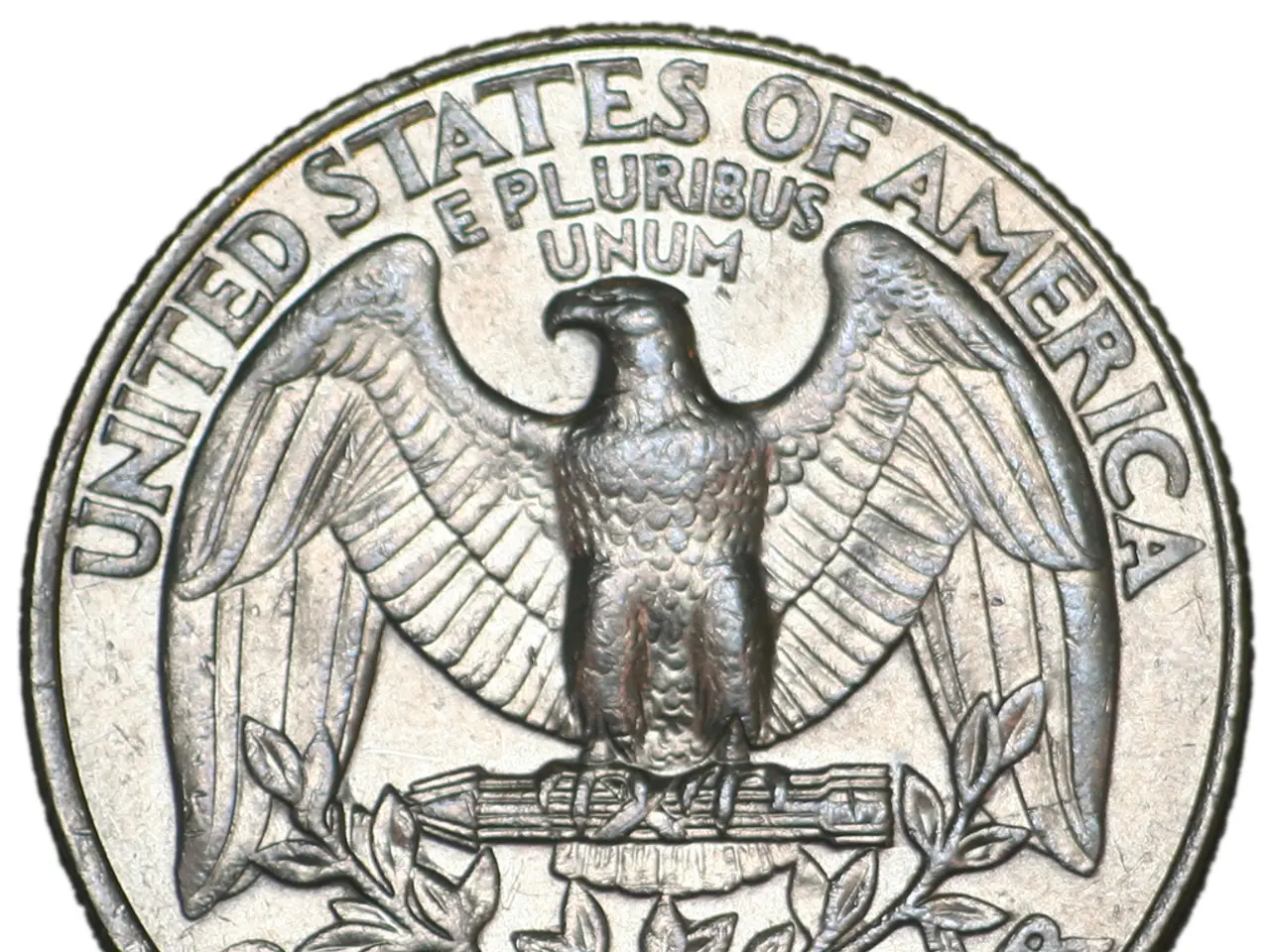Check the feasibility: Simon Brown's advice
Let's Talk About Investment Fees
Ever wondered how fees impact your investment returns in South Africa? Well, it's a brawl out there, with service providers slashing costs left and right, but it's still a bit of a puzzle figuring out what you're actually paying.
Back in 2004, Rob Rusconi started the war on fees, exposing the impact of high fees on retirement annuities, with some costs eating away up to a third of returns for investors. Since then, we've seen fee battles, largely fueled by unit trusts competing with cheaper passive ETFs.
Fast forward to 2014, when EasyEquities entered the scene with no minimums and transaction fees aligned with institutional rates. Other players followed suit, slashing fees on ETFs, unit trusts, and even hedge funds. But recently, we've seen a reversal of the low-fee trend, with companies like EasyEquities, Sygnia, and Old Mutual introducing new fees – mainly monthly admin or platform fees.
So, how can you make sense of all the fees? And more importantly, how can you find your actual all-inclusive fee? It's trickier than you might think. With a stockbroker, it's relatively easy: you have transaction fees, admin or platform fees, mandatory fees, and taxes such as securities transfer tax (0.25%) when buying shares, and the FSB investor protection levy. But fund fees – they still can be a bit murky.
There's a long list of costs to consider: transaction costs, platform fees, adviser fees, fund fees, and more. To complicate things further, some fees only reveal themselves after you email a service provider, giving you a jumble of fees, sliding scales, and options to sift through.
Thankfully, there's a simple way out of this mess – the effective annual cost (EAC). The Association for Savings & Investment South Africa introduced this concept to help investors compare total charges across financial products. By asking for the EAC, you'll get a single, clear number that includes everything: fund and transaction fees, adviser and platform or admin fees. It's the perfect tool to help you compare and make informed decisions about where to invest your hard-earned money.
Remember, while we must pay fees, lower fees are always better for investors as they translate into better returns. So, before you invest, take a moment to understand the EAC. Your future self will thank you for it.
Insights- To compare and determine the effective annual cost (EAC) of investment fees across various financial products in South Africa, follow these steps: * Understand key terms like Expense Ratio and Effective Annual Rate (EAR). * Gather information on expense ratios, management fees, trading fees, administrative charges, exit fees, and annualized performance data. * Calculate the EAC and compare products based on their net return over fees, considering the long-term impact of compounding fees. * Consult with financial advisors or utilize online platforms for personalized advice and comparisons. * Regularly monitor your investments and adjust your portfolio as needed.
[1] A Primer on the Effective Annual Rate (EAR)[2] Compound Interest Formula Explained[5] Understanding Expense Ratio and Its Importance in Investing
- Investing with EasyEquities in 2014 offered a change from traditional players, as they introduced no minimums and transaction fees aligned with institutional rates.
- To make informed decisions about where to invest personal-finance, it's essential to determine the effective annual cost (EAC) by understanding key terms like Expense Ratio and Effective Annual Rate (EAR).
- In the competition with cheaper passive ETFs, some businesses like EasyEquities, Sygnia, and Old Mutual have recently introduced new fees, shifting the trend back to higher fees, mainly in the form of monthly admin or platform fees.
- A lower EAC means better returns for investors in their retirement and business ventures, as it translates into lower fees, which is always beneficial.




